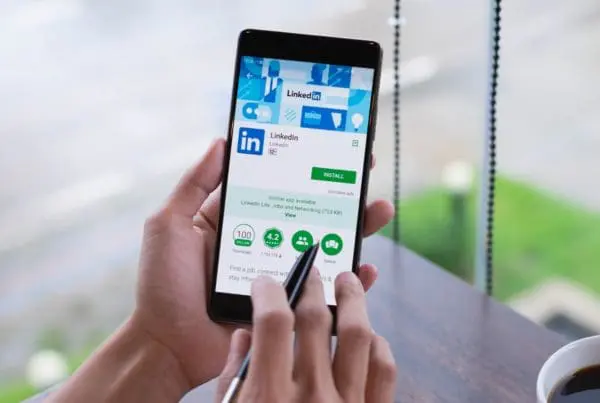In the time it’s taken YouTube to become the world’s second largest search engine —receiving more than one billion unique visitors every month–– brands have realized how video extends the lifespan and scope of their reach. According to Cisco, within the next two years 69 percent of all consumer internet traffic will be video traffic. And a study by Nielsen claims 64 percent of marketers expect video to dominate their strategies moving forward.
The cultural prominence as much as the marketing power of video is now accelerated through social apps ––Vine, Instagram, and Snapchat, most notably–– which enhance the access, delivery, and share-ability of video content. And for marketers no social platform is proving to be more valuable than the greatest data company among them all, Facebook. Last summer, Facebook reported 50 percent growth in video views, breaking through the billion-a-day barrier. Presently, it’s now up to three billion per day.
Over the past nine years, Facebook News Feed has evolved into the most intelligent marketing real estate on earth, using a behaviorally adaptive algorithm to deliver personalized streams of content. It’s Facebook’s responsiveness and targetable consumer data that is increasingly edging out the utility of YouTube as a marketing tool, as Facebook’s News Feed algorithm favors videos that are uploaded to its site natively. After all, Google and Facebook are competitors, so YouTube links copied and pasted into a Facebook post will inevitably underperform in reach.
Video is now vital to marketing, as the most engaging form of content and the most effective form of storytelling. So how can you most effectively use video to generate marketing leads?
- Add videos to your website landing pages and home page.
The average internet user spends 88% more time on a website with video than without. - Integrate video into your email newsletters and marketing automation.
Using the word “Video” in an email subject line boosts open rates by 19 percent, click-through rates by 65%, and reduces unsubscribe rates by 26 percent. - Include a call to action in your video, especially at the end.
Both Facebook and YouTube offer this feature, whether the video play is triggered by a video ad or not. - Make sure your video is optimized for mobile viewing and published onto mobile apps.
The newest study by Ooyala, a video technology company, claims mobile will account for 50 percent of total online video views by the end of the current year. Some 90 percent of Twitter video views are watched on a mobile device, and over 65 percent of Facebook video views occur on mobile
Video presents an extraordinary opportunity, but getting started can be overwhelming, especially for marketing teams with little to no experience with video. Knowing how to develop an effective video can be daunting, but like any good piece of content it begins with answering these essential questions:
1) What is the story you are telling?
2) Who is this story intended for?
3) Where will the story take place? At the beginning, middle, or near the end of the buyer’s journey?
4) When do you want this story told? Is it meant to be timely?
5) How will the story engage with your audience? Does it include a call to action?
With so many forms of visual content to choose from, there’s never been a better time to be in marketing. And video is a medium with a great range of creative possibilities, so the potential of its use is only limited by your business’ imagination.




